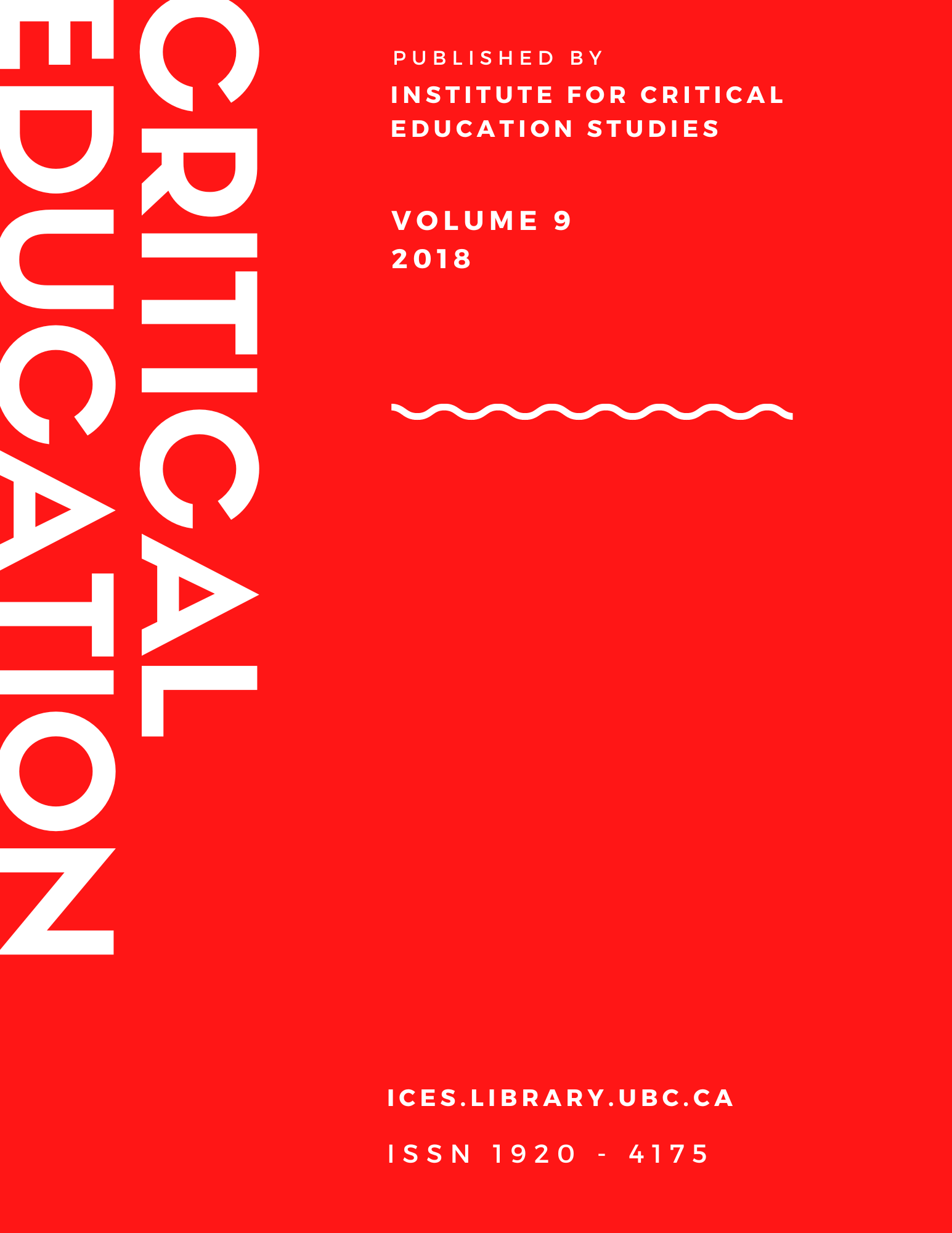Where STEM binds, and ST(eee)EM flows: A case for where in STEM discourse and practice
DOI:
https://doi.org/10.14288/ce.v9i16.186262Keywords:
STEM, Complexity, Science Education,Abstract
STEM may encounter issues of educational relevance as the concept (STEM) proliferates, generalizes, and becomes disconnected with its own climate and the climate of our times (educationally and societally). Most commonly, STEM is assessed (beholden/sustained) by two criteria: economy and quality. This results in linear movement between these two. This work suggests that complex movement exists within the concept STEM (as it does within all life and atmospheric weather) that can be understood from the perspective of STEM’s climate. By reconceiving STEM as STeeeEM, through the infusion of three additional e’s (environment, ecology, and ethics), movement infuses into the concept STEM, illustrating complex, non-linearity as integral to STEM, in what may be described as STEM weather. Over time, STEM weather may be observed (through patterns) as STEM climate. It is suggested that STEM weather may be explored as complexity, via considerations of three variables: 1) environment, 2) ecology, and 3) ethics, and how these three move in relation to where STEM education happens. These three illustrate complex movements of STEM, provoking question of need for a third criterion through which to assess STEM. Usefulness, outlined as a) health/wellbeing, b) environmental/sustainable ethics and practices, and c) learning stickiness, is posited as a third STEM criterion, in addition to economy and quality. By way of the development of a concept of the where of education, as a unique ontological category separate from (yet connected to) curriculum and pedagogy, distinct where usefulness is reflected upon, with particular discussion of outdoor where and STEM. Outdoor where and time spent outdoors (TSO) are proposed as particularly useful to STEM. STeeeEMing STEM, by blending in a third criterion (useful), along with movement noticed through interactions of the three “e’s”, responds to STEM conceptual reification. In situating STEM learning experiences in relation to where’s climate, STEM presents revived educational relevance as a concept.Downloads
Published
2018-10-15
Issue
Section
(Re)Considering STEM Education
License
Authors who publish with Critical Education agree to the following terms:
- Authors retain copyright and grant the journal right of first publication with the work simultaneously licensed under a Creative Commons Attribution License that allows others to share the work with an acknowledgement of the work's authorship and initial publication in this journal.
- Authors are able to enter into separate, additional contractual arrangements for the non-exclusive distribution of the journal's published version of the work (e.g., post it to an institutional repository or publish it in a book), with an acknowledgement of its initial publication in this journal.
- Authors are permitted and encouraged to post their work online (e.g., in institutional repositories or on their website) prior to and during the submission process, as it can lead to productive exchanges, as well as earlier and greater citation of published work (See The Effect of Open Access).












